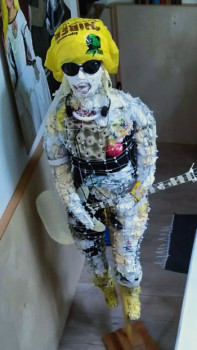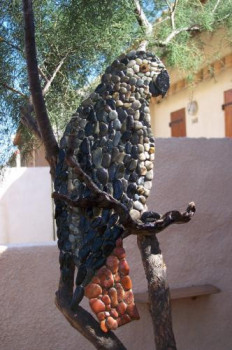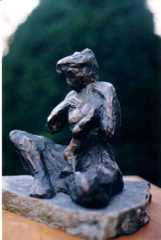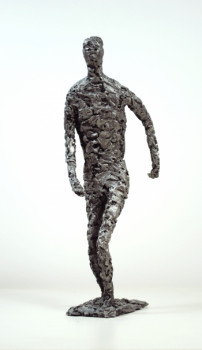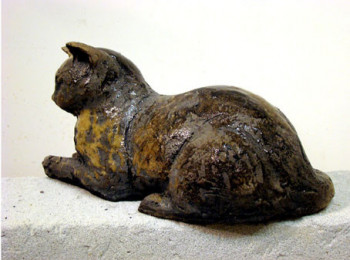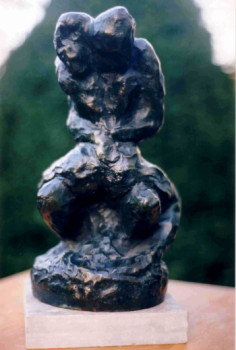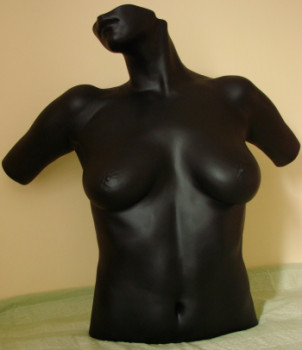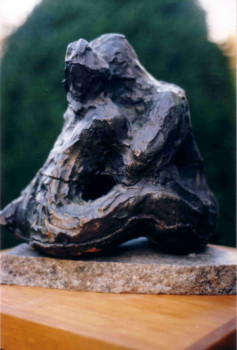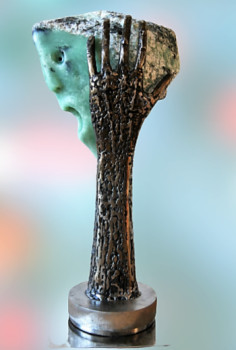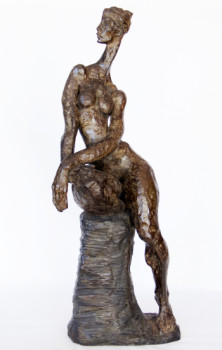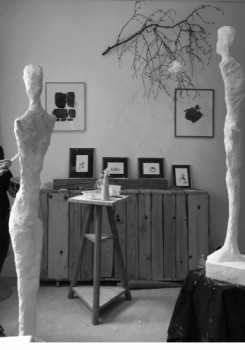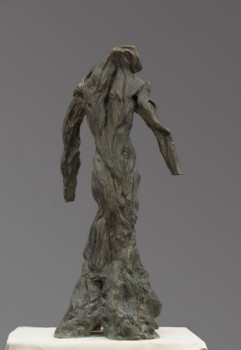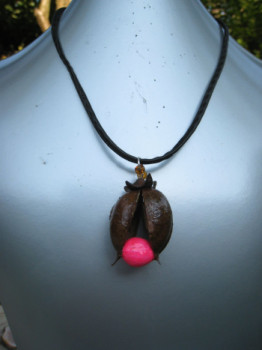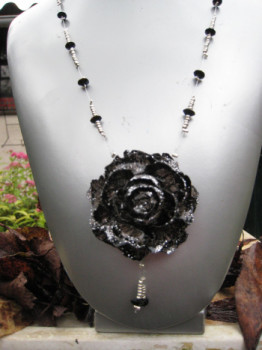
Antony Gormley: the body as a site of memory and transformation

If it first started By making the cast on the bodies of his friends, Gormley very quickly used the body of his friends. his own body to engage the viewer in a contemplation of the body as well as the spaces it occupies. It is above all his travels to India which will inspire his preoccupation with the subjective space of the human body which he will then materialize in his work. Let's explore together the work of this sculptor who used the human body as subject, tool and material.
India: an inspiring journey for the sculptor
Né in 1950 to In London, Antony Gormley first studied art. in Archaeology, Anthropology and History of Art at Trinity College, Cambridge from 1968 to 1968. 1971. After a three-year trip to India, this sculptor returns to his home country. London to study abroad the Central School of Art, at Goldsmiths College and at the Slade School of Art. Gormley completed his postgraduate studies in the 1970s.
The series of sculptures «Sleeping Place» that Gormley created during the 1970s constitute the first works of this sculptor. Even though these sculptures no longer exist, we have enough photographs to describe their process. Manufacturing. The artist sculptor used sheets soaked in plaster which he wrapped on the bodies of his friends at home. earth. Once the molded sheets were removed, they presented them as autonomous sculptures. Evoking a human form in the fetal position, these plastered leaves refer to his travels in India when he observed people in the streets wrapped in sheets. On his website, the sculptor explains having been fascinated by «the minimum space necessary for a person for shelter».
Symbolism in Gormley's work
Gormley began use his own body in his work during the 80s. He made plaster sculptures coated a lead envelope or bread sculptures. His sculpture Bed, created between 1980 and 1981, is made up of piles of dried bread that the sculptor soaked in paraffin to prevent the material from rotting. Bread in Gormley's work is a metaphor of the progress of life and consumption which symbolizes the different stages of life: from birth tothe death. The sculpture Untitled (for Francis) that he completed in 1984 is a life-size work where the character, enveloped in lead, is standing with his arms wide open and his gaze slightly raised. toward the sky. This sculpture recalls the painting by Giovanni Bellini, Saint Francis in Ecstasy. The perforations in the lead surface of the work of the sculptor suggest the image of the saint prey to stigmata.
The sculptor's known works and awards
In 1994, Gormley won the Turner Prize for his series of sculptures «Field». To create these tens of thousands of figures no larger than a hand, the artist-sculptor gave his work. instructions for a community local. He collaborated with a family of brickmakers from San Matias, Mexico to make 35,000 figures.
Critical Mass is a seminal work that Gormley directed. e in 1995. Consisting of 60 life-size cast iron sculptures, the artist sculptor explores 12 bodily postures ranging from contemplative to supplicant in order to provide «medical proof legal representation of a moment experienced in time. Originally, Critical Mass was to be intended for a former tram station Vienna, but it was exhibited in different places such as the roof of the De La Warr pavilion in England. In 2015, Critical Mass was launched. exhibition at the Forte di Belvedere at agrave; Florence in Italy during the personal exhibition of the sculptor artist entitled; «Human". For Gormley, the various sculptures in his work Critical Mass respond to overpopulation as well as the horrors of the past .
In 1997, the sculptor created Another Place, around a hundred life-size cast iron sculptures facing the horizon, which he installed in the gallery. on Crosby Beach in 2005.
One of the best-known sculptures by this sculptor is L’Angel of the North (Angel of the North) which Gormley created in 2005. in 1998. This 20 meter high steel sculpture was created in 1998. designed as a memorial to the coal miners of the 19th and 20th centuries. The sculpture, which overlooks a hillside Gateshead, has a pair of wings as arms. A year later, the sculptor created «Quantom Cloud», a 30 meter high sculpture located at next to it from O2 to London. This work is, to date, the most imposing structure created by the sculptor.
On the occasion of the Sydney Biennale in 2006, the sculptor had 180,000 small clay figurines made by 350 Chinese villagers in the space of 5 days. The making of his sculptures required 100 tons of red clay.
A year later, the sculptor launched Event Horizon, a public art project consisting of: install life-size sculptures that look out into space. Originally presented London, this project has toured the globe:
- New York in 2010;
- São Paulo in 2012;
- Hong Kong in 2015.
The sculptor created numerous collective exhibitions such as the Documenta 8 in Kassel or the Venice Biennale. Gormley received numerous titles during his career. In 1999 he won the South Bank Prize for Visual Art. Eight years later, the sculptor received the B ernhard Heiliger Award for Sculpture in 2007 as well as the Obayashi Prize in 2012 and the Praemium Imperiale in 2013. Gormley was named Officer of the British Empire in 1997. Since 2003, the sculptor has been a member of the Royal Academic. The sculptor is also an honorary member of the Royal Institute of British Architects and an honorary doctor of the University of England. of Cambridge.
Découvrez quelques oeuvres inspirées de Gormley
